Introduction
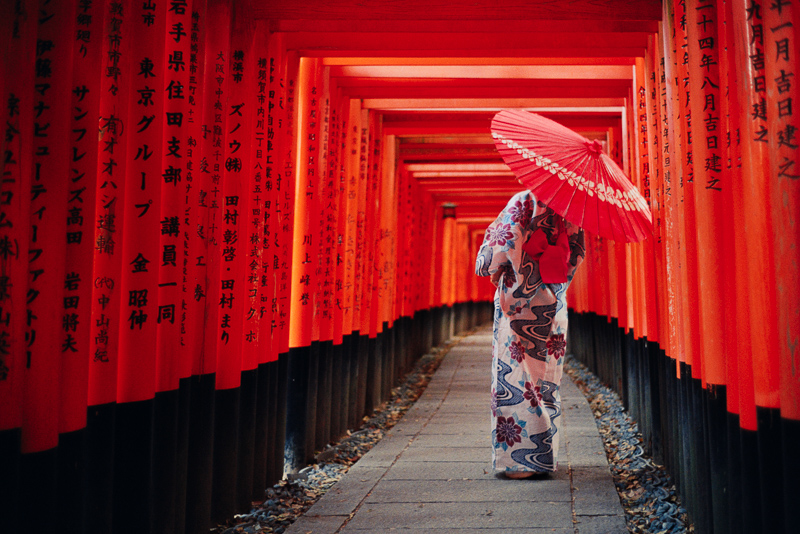
When visiting Japan in early 2023 I exposed 8 rolls of film, this is a collection of pictures from that trip.
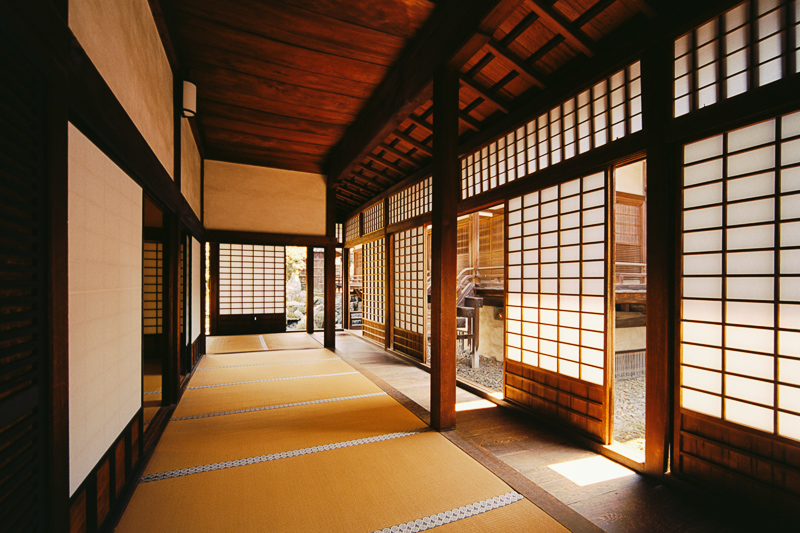



Contents
If you have been following my Analogue Adventures lately you already know some of these pictures from previous articles covering different films.
Here I will tell you which places I took those pictures and which areas I think are worth visiting.
Fujikawaguchiko 富士河口湖町

If you want to have a good view at Mt. Fuji, Fujikawaguchiko is the place to visit. That is when the weather is good, which wasn’t really the case for us. In the picture above you would be seeing it if it wasn’t covered in clouds.
So we used most of the time to check around and also had a look at some of the local temples.


On the last day around sunset time we finally got a look at Mt. Fuji:

We were also a bit early for the cherry blossom in this area.
Kyoto 京都市



If you are from the western world and you have never been to Japan, what comes closest to your idea of Japan is probably Kyoto.
Kyoto is home to several of Japan’s most famous sights and at seemingly every corner you can find a new temple to discover. A few notable ones: Kinkaku-Ji (Golden Temple), Daigo-ji, Nanzen-Ji and Daikaku-Ji:



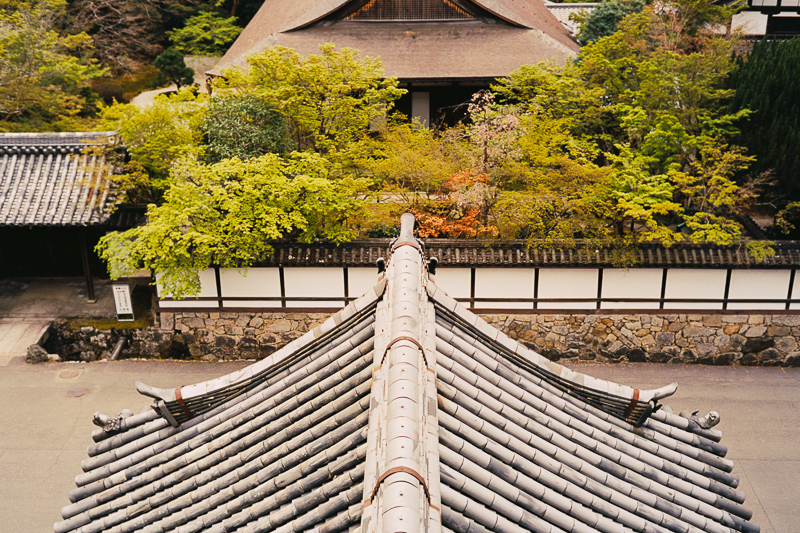


The latter is also close to the Arashiyama Bamboo forest and the famous Togetsu-kyo Bridge:


And here we were also lucky with the cherry blossoms:



If you need to prioritize and you cannot visit everything in Kyoto I would say don’t visit Nijō Castle. Compared to Japan’s more famous castles like Matsumoto or Himeji it isn’t as impressive and you are also not allowed to take pictures inside.


Osaka 大阪市

Osaka is Japan’s second biggest city with 2.7 mio. residents. To me it mostly had the charme of an industrial city and next to Kyoto it simply wasn’t as impressive.
Dotonbori is a shopping/restaurant street and all the restaurants with their spectacular facades were definitely worth a closer look though – especially at night.






Another area that might be worth visiting is Ebisuhigashi where there are also a few nicely decorated shops:

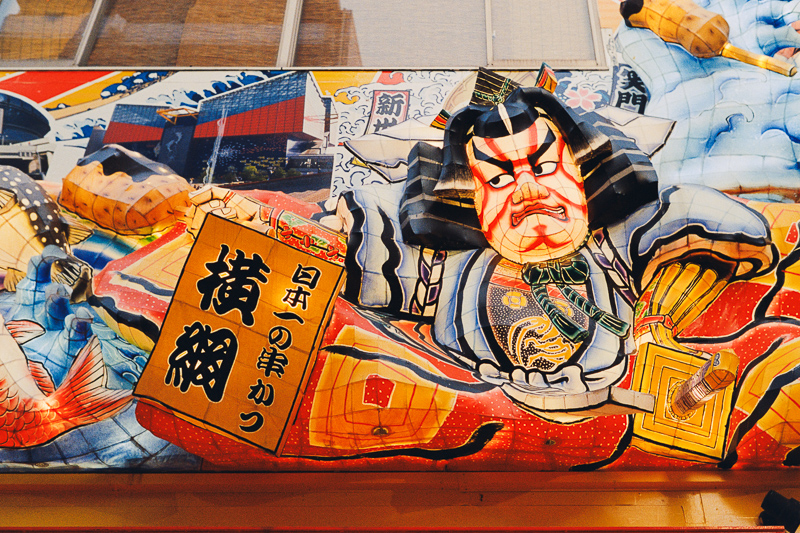
Takayama 高山市


Compared to Kyoto and Osaka, Takayama felt surprisingly calm and laid back. I mainly came here for the historic part of the town and it was definitely worth it, albeit the modern flooring ruins the impression of a historic town a bit.


Our short stay was enough for us to became fans of the local Hida beef.


Hida village is a huge open air museum. We actually didn’t expect much of it, but we were greatly surprised by its size and all that there was to see. Information was also available in English. We definitely learned something there.



Nagano 長野市
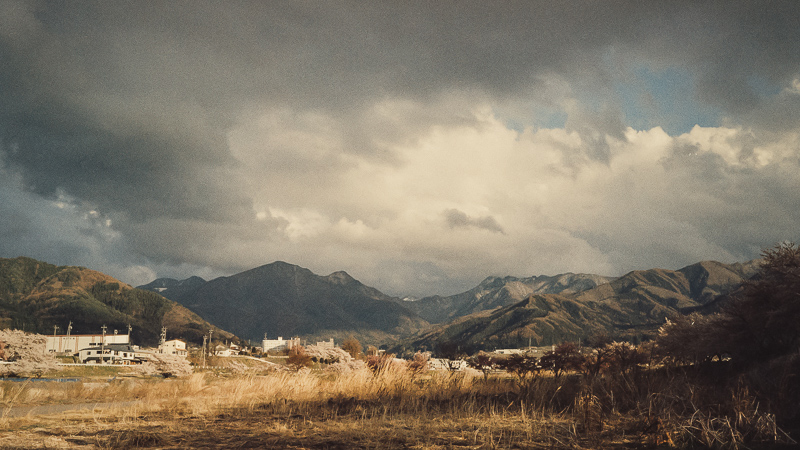

We wanted to visit the Joshinetsu-Kogen National Park as well as Matsumoto castle so we also found our way to Nagano in the Japanese Alps. There are some nice landscapes here and we were really lucky with the cherry blossoms.
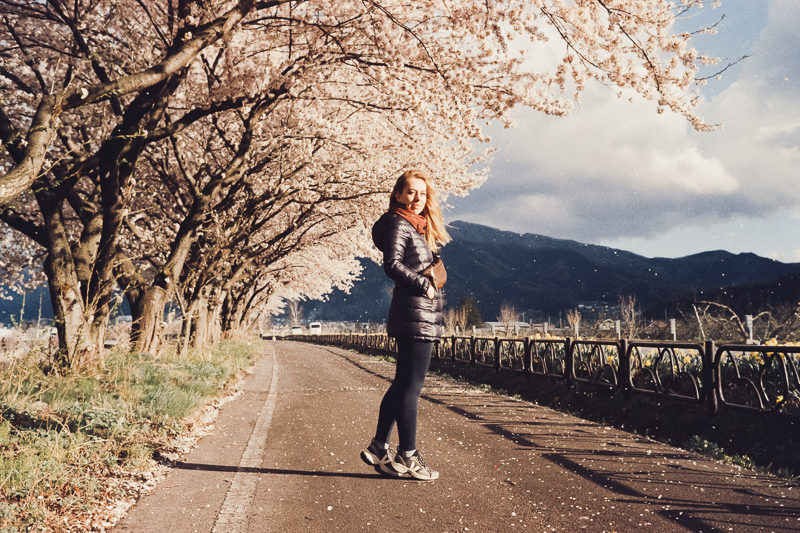
The city of Nagano wasn’t all that impressive, but there were still some nice corners to discover.



The Zenko-Ji temple is of notable importance as it allegedly houses Japan’s first Buddha statue, it is not on display for the public though.


Tokyo 東京





Toyko is huge and I have only seen small portions of it. We spend most of the time in Shibuya and Shinjuku and our hotel was in Ginza.
The Senso-Ji temple is probably Tokyo’s most famous one. You can also find a lot of souvenir shops and bars here trying to appeal to the tourists. Having visited some of Kyoto’s temples before this one wasn’t all that impressive though. On the way we also got a good look at the Tokyo Skytree.



One morning we visited the Tsukiji fish market. It used to be much bigger, but now the real fish market has been moved to Odaiba, but that one isn’t really open to the public.





One day we made our way to the Imperial Palace and stopped by at the Tokyo International Forum on the way.


I also visited plenty of camera stores, but you definitely need to compare prices and most of the small shops don’t offer tax free shopping and demand paying in cash. You can find more information on the camera shops of Japan in this article.
Last words
On my trip to Istanbul I “only” carried one analogue camera which meant I always only had one ISO setting available. Here I carried two analogue cameras and always loaded them with different films, this gave me a lot of added flexibility which I enjoyed a lot.
Unfortunately it also meant carrying even more stuff which I didn’t enjoy.
And then there were some places we went where I wasn’t willing to rely on analogue cameras exclusively, e.g. the teamlabs Planets museum or the national park with the snow monkeys, so I carried and used a digital camera as well.
Not sure yet how I will arrange that on the next trip.

Further Reading
- Analogue Adventures Landing Page
- Leica M lens reviews
- Composition Techniques
- Lens aberrations explained
Support Us
Did you find this article useful or just liked reading it? Treat us to a coffee!
![]()
![]()
![]() via Paypal
via Paypal
Latest posts by BastianK (see all)
- Review: SLRmagic 50mm 0.95 Hyperprime LM - July 5, 2025
- Full Resolution Pictures getting fixed - July 4, 2025
- Analogue Adventures Part 42: A wedding with Eastman Double-X 200 - July 2, 2025
Obviously wouldn’t work if you need a telephoto lens, but I’ve found that the Ricoh GRIII is a great option to have when you want digital security alongside a couple of analogue cameras. Doesn’t add much weight or bulk, fits into a small pocket in a bag or even in a jacket pocket, and I really like the image quality from the APSC sensor (even though I normally shoot full frame).
Sorry, meant to also say; a wonderful selection of photographs, as always.
absolutely beautiful, film + Japan is incredible. also love the sunstar from the octopus eye. stealing that next time I go to dotenbori.
Thank you for sharing, Bastian!
I’m especially interested in trying the Wolfen NC500 after seeing your shots here of Nagano and re-reading your short review. It seems to have the most distinctive nostalgic look.
I’m curious to know if you’ve considered doing your own scanning. While there is some latitude in high res TIFFs from the lab, doing your own scanning allows you to create a starting point closer to where you want to end up (warm/cool, tint, saturated/not, contrast, etc.). Subsequent post processing is less damaging to the image. If you are interested, I think it would be a really great way to expand the content here and I would like to read about your experience.
Take care,
Eric
I honestly don’t have time for that 🙂
Love the sunstar on the Octopus eye, did you select a 2.8 aperture to get a sunstar 😉 Well done. The Wolfen film is also very retro in colour and it is interesting in some situations.
Lovely photographs. Now I know why my Daughter and her husband loved being stationed in Japan. Thank you for sharing your experience with us.
Very nice photos indeed! You were able to visit quite a lot of photogenic places 🙂 I hope you have a chance to visit Japan again in the future!
Thank you, hope so too!
Very beautiful photos! I find the VM 40/1.4 and MS 24/2 to pair especially well with film. Especially the former. Interesting tho that you brought both the 40/1.4 and 40/1.7, though they’re both pretty tiny.
Bought the 40mm 1.7 on the trip 🙂
Great article/photos enjoyed much . I really like working with the 40mm fov . I didn’t at first when I switched from a Sigma 50mm Art to the 40mm Art . I didn’t like the feel of 50mm and just as I was I switched to 40 and sold the 50.
I now shoot a ton with that Sigma 40mm Art some but I have fallen in love with the Voigtlander 40mm f/1.2 VM .
Thank you!
Great photos, I love the variety of lenses and film stocks!
Thanks!
Love the photos and this series. Only question I had is, what was the decision behind processing everything in ECN-2?
Did you have to do much colour correction for the 500T during the day as well?
Because it gives better quality.
You can also have a look at the other articles covering the 500T.
Hi Bastian,
wonderful series and pictures! Regarding the ECN-2 processing – did you ever try this with Kodak Aerocolor?
Hi Alexander,
I sadly did not yet get my hands on a roll of Kodak Aerocolor and they don’t seem to be readily available.
If I can find a roll from somewhere I will gladly test it!
Hi Bastian, thank you. I currently have a roll of SantaColor 100 in my camera – Santacolor 100 is respooled Aerocolor and here in Hamburg I can pick this up from my local dealer 👍
I am debating whether or not it would be a good idea to send this to Silbersalz for development, but I just looked and it is is not on their list for supported films …
It is usually not a problem. I already sent films there that aren’t listed.
Huh fair, didn’t know there was much of a difference. Did you get them developed in Japan or a lab more local to home? I might get some developed in ecn2 then.
I had them developed here.